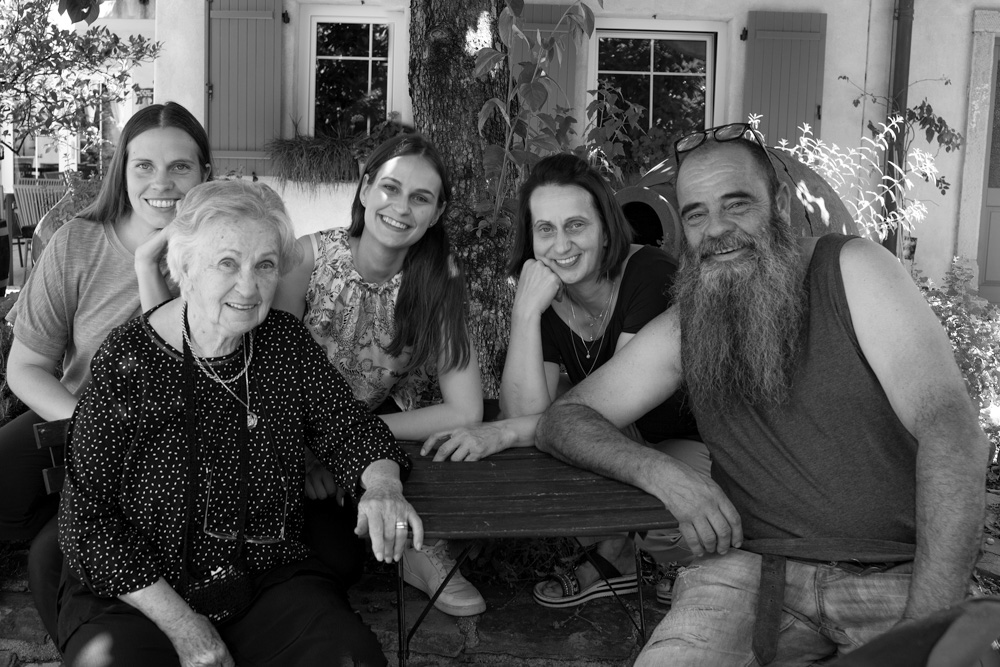KABAJ
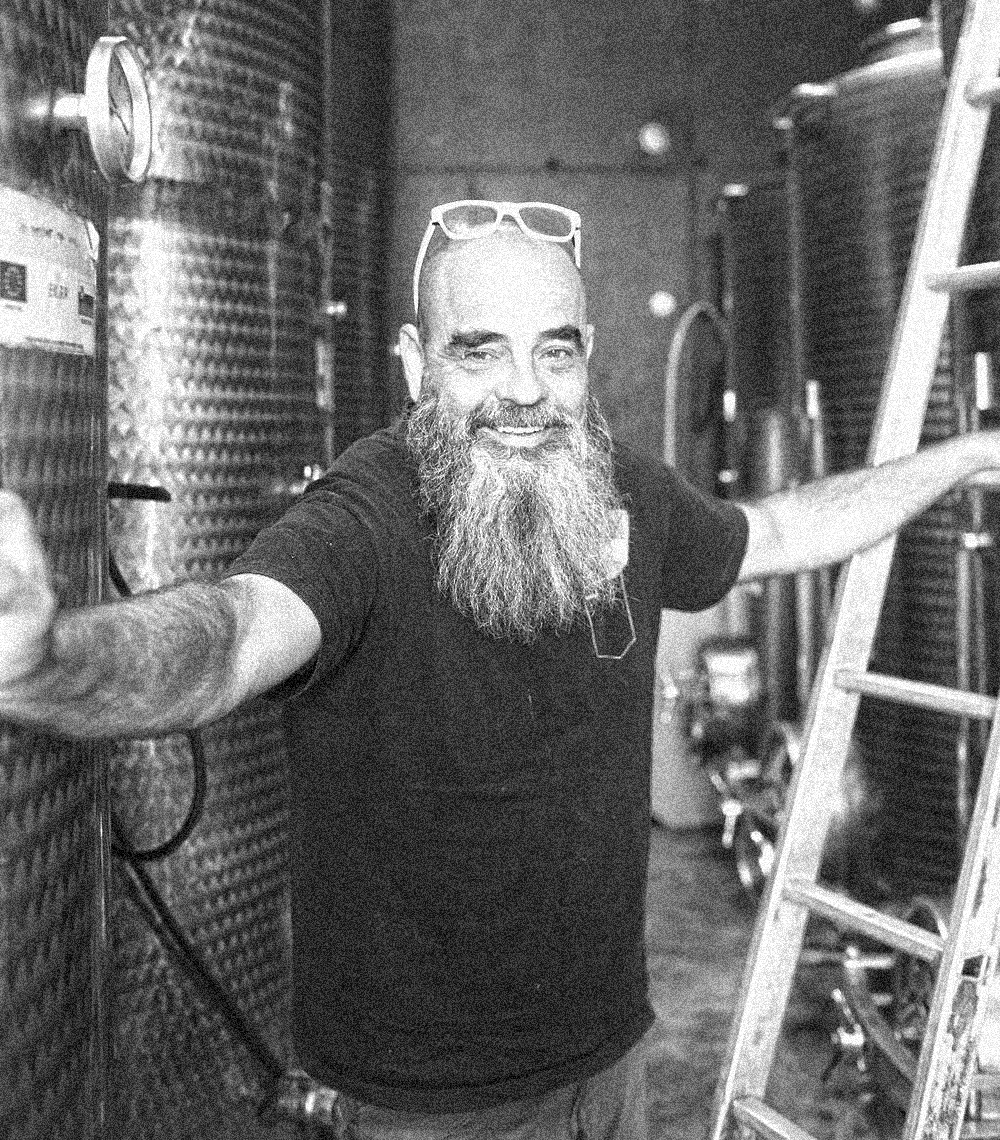
OWNER: Katja Kabaj
WINEMAKER: Jean Michel Morel
REGION, VILLAGE: Slovenia Goriška Brda, Šlovrenc
TOTAL HA OF VINEYARDS: 10ha producing, 4 additional under cultivation
SOIL: Argile, Marl, Flysch, Aluvial, Clay
ALTITUDE OF VINEYARDS: 200 - 600 meters
CLIMATE: Mediterranean /Alpic
CULTIVATED: Rebula, Zeleni Sauvignon, Sivi Pinot, Malvazija, Sauvignon Blanc, Pinot Blanc, Verduzzo, Merlot, Cabernet Franc, Pinot Noir, Cabernet Sauvignon, Moscato Rosa, Olives, vegetables
FARMING: Low/no till, ecological treatments, manure for fertilizer
ANNUAL PRODUCTION: 70,000 bottles
FIRST COMMERCIAL VINTAGE: 1993
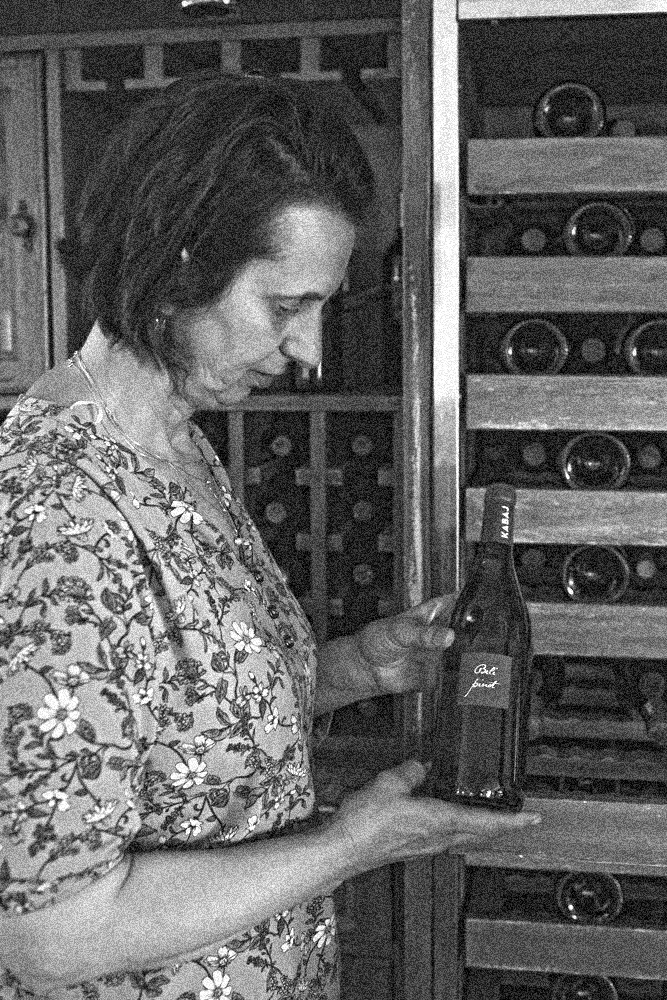
Generations of the KABAJ family have grown grapes in hilly, verdant Goriška Brda in Western Slovenia close to the Italian border. The family emigrated to the area during the Hapsburg Empire, first to the village of St. Peter, which today is in Italy soon after they settled in the village of Slovrenc where they remain. Today the Kabaj homestead consists of a winery, kitchen, guesthouse and the family home. It is overseen by Katja KABAJ and her husband Jean Michel Morel, who tend the vineyards and the cellar. They make wine only from grapes that they grow and farm about 10 HA give or take (some vineyards are under renovation). 70% of their production is made from white grapes. All wines are made with some amount of skin contact. This encourages spontaneous fermentation and gives healthier wines.

During the Yugoslav period the grapes they grew went to the local cooperative. Even after Slovenia was established in the early 90’s they continued to sell the grapes to the same cooperative. The price the cooperative paid to the farmers, if the cooperative paid at all, was so low that it was better to grow cherries and peaches to sell on the street than grapes for wine. But Zvonko KABAJ, Katja’s father, loved the vine and making wine and always had in his heart the desire to make wine commercially. “If the wine of Colio (Italian side of Brda) is world famous then certainly we have this same opportunity”. Zvonko was the first to plant Sivi Pinot in Brda in the 70’s. The clones had to be smuggled to Yugoslavia from Italy.
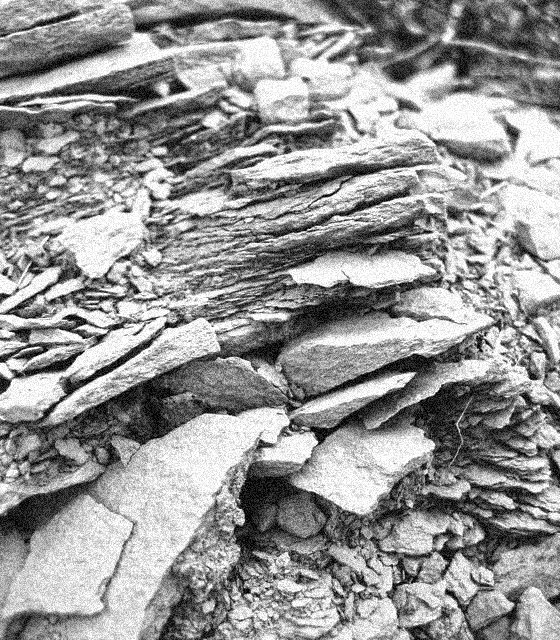
The first commercial vintage was 93’, the wines were made by Zvonko and Jean Michel, who worked together until Zvonko died in 97’. Before this though they planted new vineyards, renovated the home cellar and began to collect the necessary equipment. Starting up in the early 90's was almost a joke in the young country of Slovenia. The first tanks they bought for fermentation were made for holding milk. The first press was an old basket press. It was a very difficult time to buy anything, even if just across the border you could buy the best equipment in the world. The government regulated purchases, the economy was quite closed. This made each piece of equipment acquired all the more special. In 2004 after returning from Georgia where Jean Michel studied wine making in Qvevri they built the Marani during a second renovation and converted the prior cellar into the restaurant that Katja oversees.
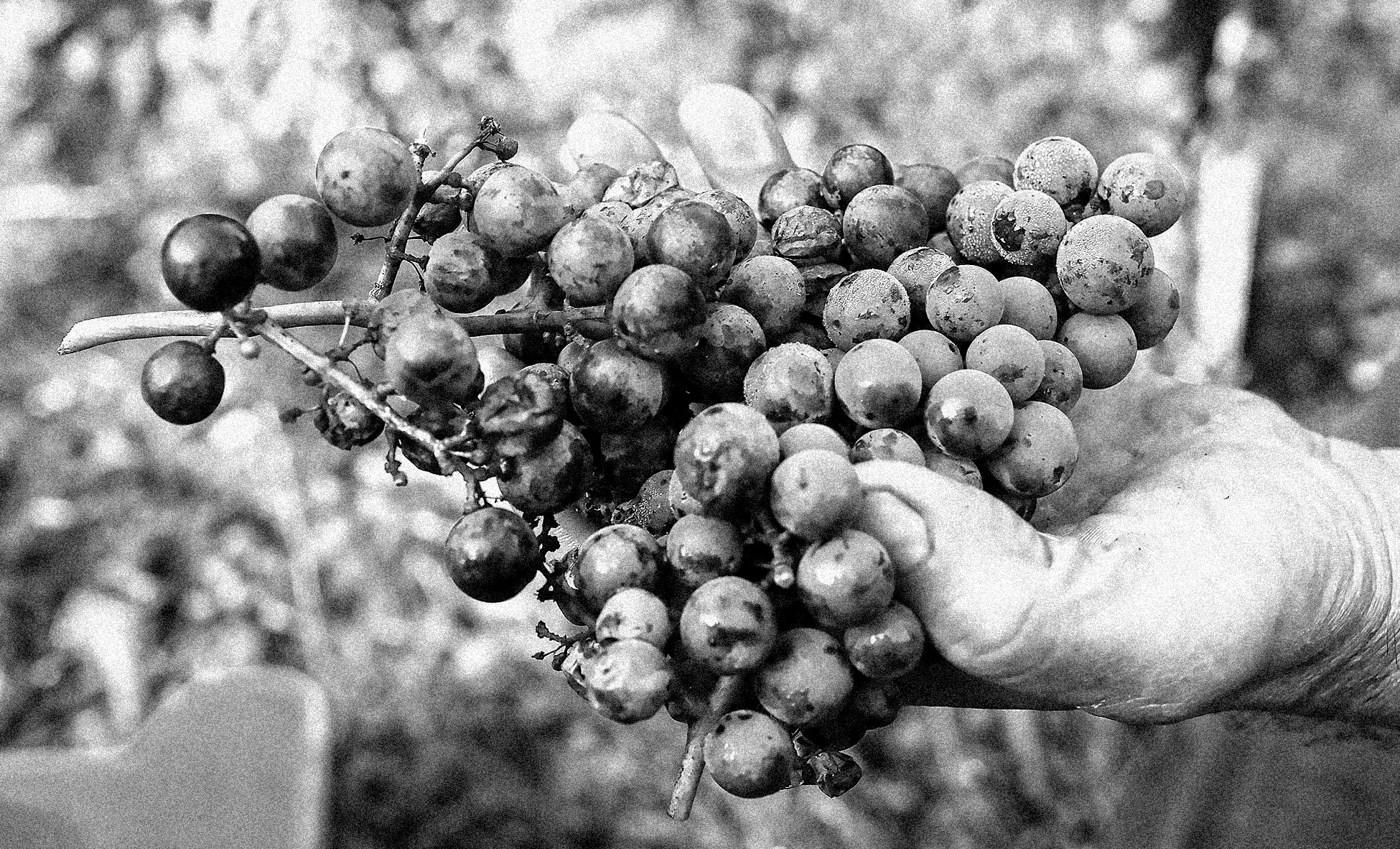
Goriška Brda is Slovenia’s best known wine appellation. This is due to the cross border status it shares with the more famous Italian Collio. Both Brda and Collio mean hillside. It is a vast land of verdant church topped hills spilling with vineyards, fruit orchards and groves of olives. Uniquely positioned between the Alps and the Adriatic, the climate is influenced by both. Interspersed with rivers and forests the environment is clean and rich in biodiversity. Rebula and Savignonasse (Tokaj) are the premiere local varieties. Additionally many French varieties brought to the region during the Napoleonic period have found themselves at home. The cuisine is mixed; not Balkan, Austro-Hungarian or Italian but some combination of all three. Brda is a place one would hope to find special wines to justify returning.
Many of the most iconic Collio producers have Slavic surnames. These were some of the wineries who first introduced skin contact white wines to the international market. It would be inaccurate to identify these wines as culturally Italian. They were modeled after Slovene homemade wines. Collio is one of the world’s fresh wine capitals. Fresh wine is wine made in temperature controlled stainless steel so as to preserve the fresh fruity character of a wine in a way that was not possible before the technology existed. Those wines made without this are certainly closer in character to the pre-industrial wines of the area. Kabaj makes no fresh wine.
KABAJ is a model for what could be. Rather than taking advantage of the predictability of market tested conventional wines, they chose to champion the old ways. The first vintage was in 93’. They were drinking skin contact wines and started experimenting themselves in 97’. By 2005 they were macerating all white varieties for at least a few days. Having consistently produced a range of exemplary original wines like this for about 15 years now they prove it is not necessary to make the modern fruity style of wines so ubiquitous today. They make 60,000 to 100,000 bottles annually. 30% of the production is classical renditions of Bordeaux varieties, 70% is white grapes fermented with the skins.
Depending on the harvest they make 7-10 wines each vintage. Instead of singling out the best lots for the premium wines, all wines are composites of different vineyard locations, each contributing and supporting the ultimate wine in different ways. Millions of years ago the area was a shallow sea shore and delta. The soils are a complex mix of sedimentary flysch and marl interspersed with sandstone and limestone. The flysch and marl soils locally known as “Ponka” are most prized. They farm 12 hectares spread across 7 different positions throughout the appellation. Most vineyards are terraced marl planted to mature (older than 25 years), single guyot trained vines.
Farming is low and no till with an emphasis on soil biodiversity. To create an environment for the vine that is in harmony with the natural flora and fauna. Pheasants once common in the vineyard who had all but disappeared have begun returning to their vineyards. Systemic treatments, herbicides and pesticides are not used. What is sprayed is biological. The primary fertilizer is horse manure. Elemental sulfur and copper is sprayed but copper they try to avoid as much as possible.
All wine is fermented with native yeast and moved according to lunar cycles. Each undergoes some amount of skin contact, whites and reds alike. The length of skin contact varies based on variety and vintage. For the skin fermented white wines the goal is not to make extreme wine. Jean’s opinion is that if you take a bottle of wine in the vineyard, you should be able to taste the grape and then taste the wine and find the same flavors. The most significant vinification difference between Ravan (Sauvignonasse), Sauvignon Blanc, Beli Pinot (Pinot Blanc), Sivi Pinot (Pinot Gris) and Rebula is length of skin contact. Yet they all look, smell and taste completely different from each other.
After being racked off of the skins and finishing fermentation the wines spend a minimum of 1 year in used exclusively French barrique and complete malolactic fermentation. The process of macerating is evolving; starting in 2017 they are leaving 30 percent of the skins in tank for 5 months post malolactic because the grape skins naturally settle at the bottom and cover the lees to allow the cleaner wine at the top to be removed without disturbing the lees.
The style Jean brings to the KABAJ reds is reminiscent of late 80s Bordeaux, where he grew up. Brda is cool for Bordeaux varieties and Merlot is the grape that is best suited to the conditions. It is the dominant component in both Merlot and Cuvee Morel. Grapes are destemmed and fermented in stainless steel and macerated for approximately 6 weeks. Cuvee Morel is co-fermented. The wines are aged in barrique, some new for 24 to 36 months. Aristocratic in style they harken back to a time when Bordeaux was Claret. Nuanced, perfumed and enduring.
Jean Michel’s interest in skin contact white wine eventually led him to Georgia, the other location where this style of winemaking has historic precedent. There he studied wine making at a monastery. He brought this knowledge and 9 of the 3,000 liter clay qvevri that Georgian wine has traditionally been vinified in. Amfora is made according to Georgian traditions. The qvevri are filled with grapes after fermentation; they are sealed and left with the skins for as long as 2 years. This is the most eccentric, grand and personal wine of KABAJ.
![]()
KABAJ is a model for what could be. Rather than taking advantage of the predictability of market tested conventional wines, they chose to champion the old ways. The first vintage was in 93’. They were drinking skin contact wines and started experimenting themselves in 97’. By 2005 they were macerating all white varieties for at least a few days. Having consistently produced a range of exemplary original wines like this for about 15 years now they prove it is not necessary to make the modern fruity style of wines so ubiquitous today. They make 60,000 to 100,000 bottles annually. 30% of the production is classical renditions of Bordeaux varieties, 70% is white grapes fermented with the skins.
Depending on the harvest they make 7-10 wines each vintage. Instead of singling out the best lots for the premium wines, all wines are composites of different vineyard locations, each contributing and supporting the ultimate wine in different ways. Millions of years ago the area was a shallow sea shore and delta. The soils are a complex mix of sedimentary flysch and marl interspersed with sandstone and limestone. The flysch and marl soils locally known as “Ponka” are most prized. They farm 12 hectares spread across 7 different positions throughout the appellation. Most vineyards are terraced marl planted to mature (older than 25 years), single guyot trained vines.
Farming is low and no till with an emphasis on soil biodiversity. To create an environment for the vine that is in harmony with the natural flora and fauna. Pheasants once common in the vineyard who had all but disappeared have begun returning to their vineyards. Systemic treatments, herbicides and pesticides are not used. What is sprayed is biological. The primary fertilizer is horse manure. Elemental sulfur and copper is sprayed but copper they try to avoid as much as possible.
All wine is fermented with native yeast and moved according to lunar cycles. Each undergoes some amount of skin contact, whites and reds alike. The length of skin contact varies based on variety and vintage. For the skin fermented white wines the goal is not to make extreme wine. Jean’s opinion is that if you take a bottle of wine in the vineyard, you should be able to taste the grape and then taste the wine and find the same flavors. The most significant vinification difference between Ravan (Sauvignonasse), Sauvignon Blanc, Beli Pinot (Pinot Blanc), Sivi Pinot (Pinot Gris) and Rebula is length of skin contact. Yet they all look, smell and taste completely different from each other.
After being racked off of the skins and finishing fermentation the wines spend a minimum of 1 year in used exclusively French barrique and complete malolactic fermentation. The process of macerating is evolving; starting in 2017 they are leaving 30 percent of the skins in tank for 5 months post malolactic because the grape skins naturally settle at the bottom and cover the lees to allow the cleaner wine at the top to be removed without disturbing the lees.
The style Jean brings to the KABAJ reds is reminiscent of late 80s Bordeaux, where he grew up. Brda is cool for Bordeaux varieties and Merlot is the grape that is best suited to the conditions. It is the dominant component in both Merlot and Cuvee Morel. Grapes are destemmed and fermented in stainless steel and macerated for approximately 6 weeks. Cuvee Morel is co-fermented. The wines are aged in barrique, some new for 24 to 36 months. Aristocratic in style they harken back to a time when Bordeaux was Claret. Nuanced, perfumed and enduring.
Jean Michel’s interest in skin contact white wine eventually led him to Georgia, the other location where this style of winemaking has historic precedent. There he studied wine making at a monastery. He brought this knowledge and 9 of the 3,000 liter clay qvevri that Georgian wine has traditionally been vinified in. Amfora is made according to Georgian traditions. The qvevri are filled with grapes after fermentation; they are sealed and left with the skins for as long as 2 years. This is the most eccentric, grand and personal wine of KABAJ.
